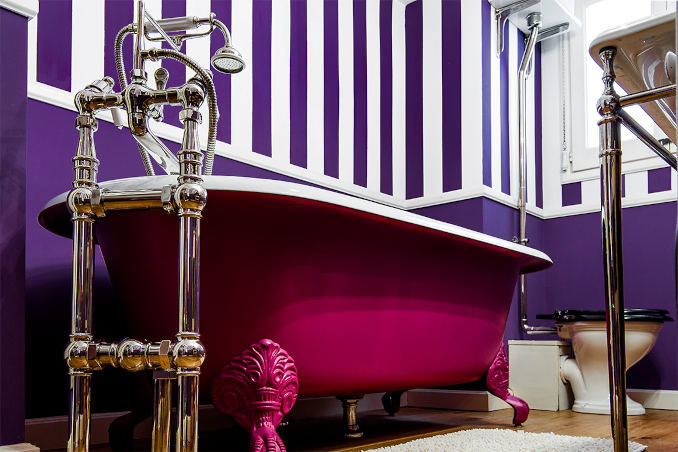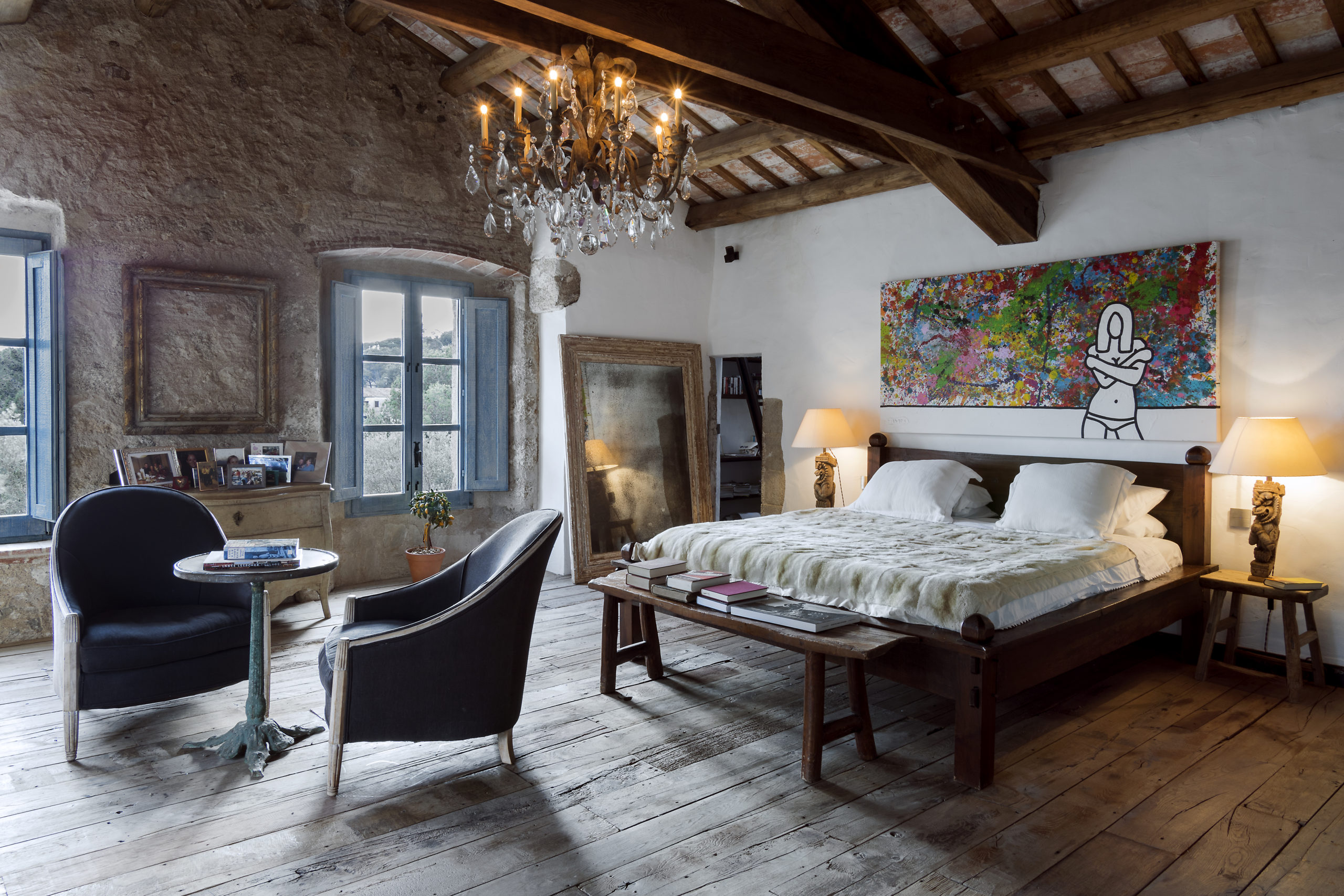
Popular Interior Design Styles
A great place to start is to with a sort of glossary of interior design styles. Once you understand the key features of each style, you can use these terms to convey a much deeper image of your ideas and preferences. So one or two words can conjure up a whole room!
Coastal
This style is defined by natural elements and colours of the coastline. Light, pastel shades complement organic materials such as rattan, linen and wood. There is an overall sense of casual freshness.
Contemporary
Bold colours, monochrome and clean lines are core features of this design style that celebrates space rather than contents. Each element should convey deliberate simplicity and elegance. There is a sophistication that comes from bold use of colour and bespoke furniture.
Country House Style
This is a very natural and refined interior design style. It is elegant with accents of culture and history, often with vintage features and accessories. Elaborate window dressings and lots of fabric make it a very comfortable style. Interiors should appear to be accumulated over years with depth, layers, and collections.
Eclectic
This is a tricky one to get right as it can appear very busy and thrown together. Eclectic styles mix contrasting colours, textures, patterns and concepts. Interesting wallpapers and art are common features here. It is where modern and traditional meet with integral harmony.
Farmhouse/ Rustic
Functional meets beautiful in this interior design style, where features are aged and distressed, but extremely well crafted. Colour schemes remain neutral and complementary to wood, stone and slate.
Mid-Century Modern
With elements of art deco, this style incorporates geometric shapes and simple lines. There is a mix of muted tones with pops of vibrant colour. A classic colour palette of this style would include oranges, browns and ochre.
Minimalist
While space is showcased in minimalist design, the included features should follow clean lines and a limited colour palette. Often monochrome with occasional accents of colour, the furniture should be simple and sparing but of the highest quality. Floorplans are open with lots of natural light.
Period
Restored period-style rooms do not have to adhere rigidly to the era. However, it is important to showcase original architectural features in period buildings and stick to the chosen period for core pieces of furniture. Whether Victorian, Georgian or Edwardian, statement vintage furniture and sympathetic window dressings will always complement the room.
Traditional
Often, what is seen as a traditional style translates as luxurious and opulent. With a deeper jewel-toned colour scheme and ornate finishes, this is an elegant and established look. Wood panelling, sumptuous fabrics, and grand lighting features are common to this style.
Transitional
This is a very intentional mix of the contemporary and traditional. It is a personal and unique combination that mixes elements of old and new to create an understated sophistication. A sense of balance is important here, so colours tend to be neutral with pops of vibrancy.

Mixing Interior Design Styles
From the list above, it is unlikely that one style will be entirely ‘you’. We are all individuals and our tastes blend and merge with lots of different influences. So, how do you successfully mix interior design styles, and which styles are a natural fit to blend? The vibrancy of an eclectic theme can sit wonderfully well with elements of a country house style, making a room feel very modern and unique. Similarly, classic pieces of mid-century modern furniture can be refinished to lift a scheme to something that mixes well into contemporary and transitional styles.
If you are redecorating a whole home, you do not have to choose one overall concept. You may prefer a minimalist kitchen, for example, while your living spaces look to softer, more coastal influences. However, it is important to have an underlying cohesion throughout a home. Otherwise, rooms can appear unnaturally ‘themed’. Consider how running flooring through your rooms can create this sense of unity. Alternatively, a common tone from which your chosen styles branch is a great starting point. For example, natural green tones can create restful, rustic bedrooms with living spaces taking more vibrant complementary shades to create a contemporary or transitional feel.

Interior Design Styles Versus Interior Design Philosophy
Great interior design is not about ticking the boxes of a specific style. While understanding what those tick boxes are can help you to communicate your ideas, doggedly following them will leave you feeling restricted and forced. A beautifully designed home must be welcoming and comfortable, not just coordinated! This is why perfectly imperfect interiors are at the core of everything that we do at Ana Engelhorn Interior Design. I love blending elements of interior design styles to tell the story of a home. I source authentic, restored and revived pieces, following similar principles as Japanese kintsugi which celebrates the journey of an artefact. This makes an interior style feel both natural and intentional, no matter how many elements are combined.

